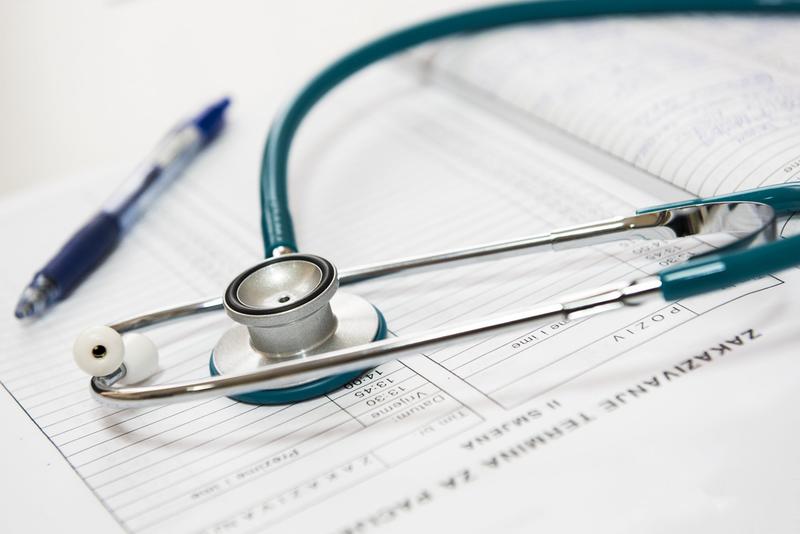All About BUN and Creatinine: What They Are and What a High Ratio Means

A high BUN-to-creatinine ratio could indicate the kidneys aren’t getting enough blood flow. Possible related conditions include dehydration, congestive heart failure, gastrointestinal bleeding or an increase in dietary protein. Your doctor may order the test as part of routine blood work to monitor your kidney health.
Your kidneys are relatively small but mighty organs. Learn more about the importance of kidney health and what a high BUN-to-creatinine ratio might mean for you.
Why Doctors Check BUN and Creatinine
BUN and creatinine are commonly included in routine health screenings. Both tests are used to monitor and evaluate your kidney health. Kidneys are fist-sized organs located on either side of your spine right below your rib cage. They filter impurities and extra water from your blood. This creates urine, which flows from your kidneys to your bladder. Healthy kidneys maintain the balance of salts, minerals and water in your bloodstream. The National Institute of Diabetes and Digestive and Kidney Diseases points out that this balance supports the function of your nerves, muscles and more.
What Is BUN?
Blood urea nitrogen (BUN) is a waste product that your body naturally produces. After you eat, your liver creates urea nitrogen during digestion as it breaks down protein. The liver releases it into your bloodstream. The urea nitrogen makes its way to the kidneys. Healthy kidneys filter most BUN out of the blood.
The normal range is anywhere from seven to 20 milligrams per deciliter. When the kidneys are unhealthy, they’re less effective in removing BUN, which leads to higher levels in your blood according to WebMD.
What Is Creatinine?
Like BUN, creatinine is a waste product that gets filtered through your kidneys. Your muscle tissues break down, creating creatinine. That travels through the bloodstream to be filtered out and eliminated in your urine. When the kidneys aren’t working properly, creatinine builds up.
Creatinine clearance is a term used to describe the volume of blood that the kidneys can clear of creatinine every minute. Healthy women have a creatinine clearance rate of around 95 milliliters per minute. Men have a creatinine clearance rate of around 120 milliliters per minute, as noted by WebMD.
The BUN-to-Creatinine Ratio
BUN levels don’t always tell doctors everything they need to know about your kidney health. That’s why they often pair a BUN test with a creatinine test. Comparing the two provides a clearer picture of what’s going on with your kidney health. The normal range for the BUN to creatinine ratio is anywhere from 20-to-1 to 10-to-1. Ratios lower than normal are rare, but they can indicate malnutrition or liver disease. Ratios above the normal range indicate a build up of wastes that aren’t getting filtered out by the kidneys.
Causes of a High BUN-to-Creatinine Ratio
Higher than normal values can be caused by acute kidney problems. Sudden kidney issues may be caused by the low blood pressure associated with shock, heart attack, organ failure, a serious infection called sepsis, certain cancers and allergic reaction to certain medications.
Researchers have also found a link between high BUN-to-creatinine ratios and untreated hyperthyroidism, a condition marked by an overactive thyroid. Other possible causes of a high ratio include:
- Severe dehydration
- Congestive heart failure
- Bleeding in the respiratory or digestive tract
What Is GFR?
This is another number you may encounter. Doctors can use creatinine levels and creatinine clearance rates to estimate your glomerular filtration rate (GFR). This number tells doctors about your kidney function. The lower the number, the less your kidneys are functioning. For example, if you have healthy kidneys, your GFR will be 90 to 100%.
Once that number drops below 59%, you have a mild to moderate loss of kidney function. The National Kidney Foundation points out that patients with a GFR below 30 are typically referred to kidney doctors for treatment. Patients with a GFR lower than 15 may need to begin treatment for kidney failure.





